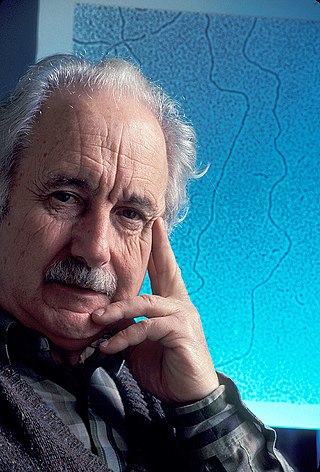Viroid
smallest infectious pathogens From Wikipedia, the free encyclopedia
Viroids are the smallest infectious pathogens known. They consist solely of short strands of circular, single-stranded RNA without protein coats. They are mostly plant pathogens (plant diseases), some of which can cause crop loss.[1]
| Viroid | |
|---|---|
| Virus classification | |
| Informal group: | Subviral agents |
| (unranked): | Viroid |

Viroid genomes are extremely small in size. They are about 80 times smaller than the smallest virus.[2] The human pathogen (causes diseases in humans) hepatitis D virus is a defective RNA virus[3] similar to viroids.[4]
Viroids were the first "sub-viral pathogens" discovered and named by Theodor Otto Diener. He was a plant pathologist at the U.S Department of Agriculture's Research Center in Beltsville, Maryland, in 1971.[5][6] The first viroid to be identified was the Potato spindle tuber viroid (PSTVd). About 33 species have been identified.
Related pages
- Obelisk (biology), a viroid-like structure found in humans.
References
Wikiwand - on
Seamless Wikipedia browsing. On steroids.
